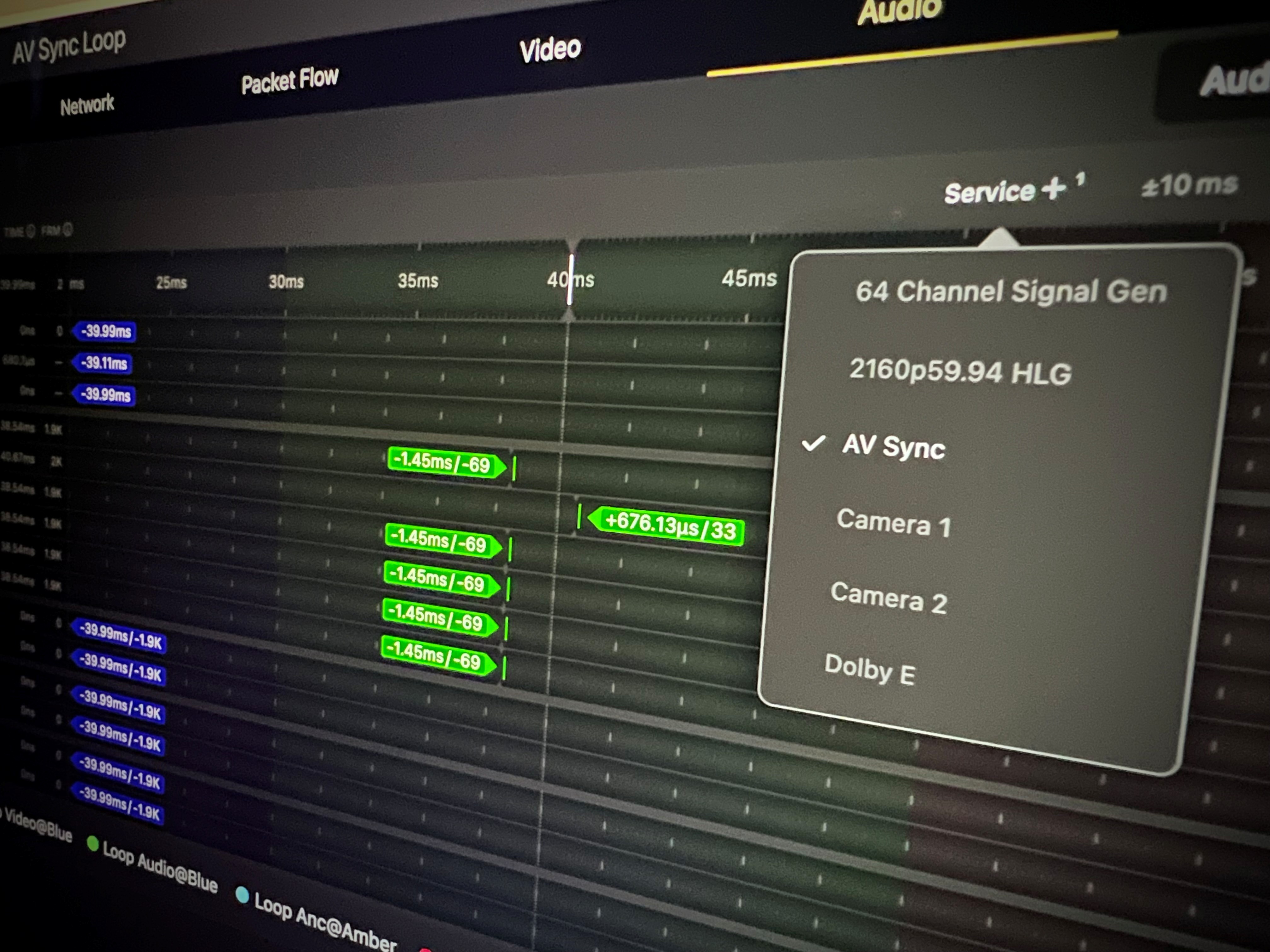Broadcasters give up “White Spaces” challenge in court
The NAB has dropped its court challenge of rules that allows the unlicensed use of vacant “white spaces” in spectrum between existing digital broadcast channels.
The spectrum, to be used by new higher speed Wi-Fi systems, allows radio signals to travel faster and penetrate walls more easily. It also covers larger geographical and rural areas than the current spectrum used for Wi-Fi coverage.
In 2008, the FCC approved the use of unlicensed wireless devices in white spaces. Broadcasters argued against the decision, saying such devices could interfere with their digital television channels. They filed suit in 2009 in the U.S. Appeals Court for the D.C. Circuit.
The court held the NAB challenge in abeyance to give the FCC time to review petitions for reconsideration. The commission completed the process last month, adopting modified rules that addressed concerns filed by wireless providers and other critics.
“NAB still has concerns related to possible interference to broadcasting from unlicensed devices, but we felt this petition was no longer necessary,” said NAB spokesman Dennis Wharton. The NAB filed a motion last week to dismiss its petition for review.
Public Knowledge, the public interest group, applauded the NAB action. “Assuming the court grants the motion, the last potential legal obstacle to the use of this valuable unlicensed spectrum will be removed and the innovations that are just beginning can continue to proceed with new confidence,” said Harold Feld, legal director of Public Knowledge.
The Wireless Innovation Alliance, whose members include Dell, Google and Microsoft, also applauded the NAB’s decision to withdraw the challenge. “The coming wave of white space innovations in rural broadband, Wi-Fi offload, ’smart city’ applications and machine-to-machine communications, just to name a few, will create jobs, spur investment and drive U.S. economic growth,” the Alliance said in a statement.
The professional video industry's #1 source for news, trends and product and tech information. Sign up below.
